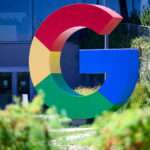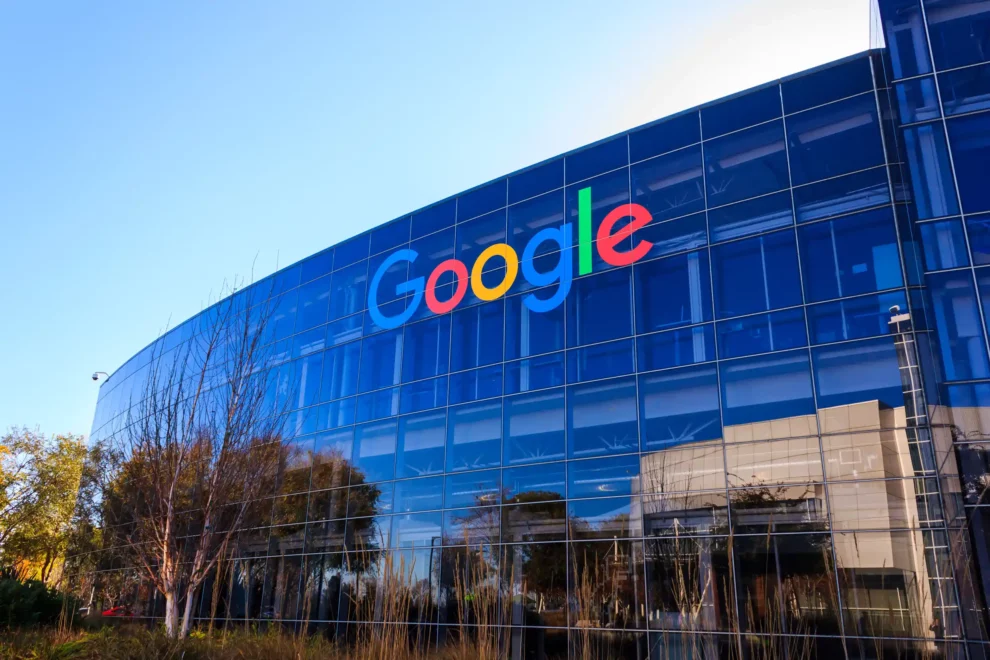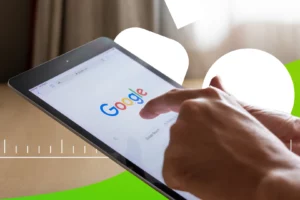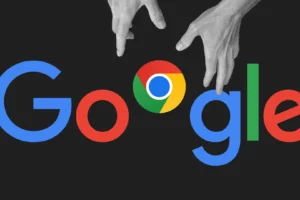Google is everywhere. It answers our questions, guides our commutes, stores our emails, and even suggests what video to watch next. But have you ever wondered how a company that offers so many free services makes money? The truth is, Google’s business model is a masterclass in monetizing attention, data, and technology. While its search engine remains the crown jewel, the company has built an intricate ecosystem of revenue streams that generate hundreds of billions annually. Let’s dive into the financial engine powering the world’s most influential tech giant.
The Advertising Juggernaut: Google’s Golden Goose
At its core, Google is an advertising company. Nearly 80% of its revenue comes from ads, making it the largest digital ad platform in the world. But how exactly does this work?
Search Ads: The Money Machine
Whenever you type a query into Google, the results page isn’t just a neutral list—it’s a carefully optimized marketplace. The top spots, marked as “Ads,” are auctioned off to businesses in real time through Google Ads (formerly AdWords). Advertisers bid on keywords, and the highest bidders get prime visibility.
What makes this system so profitable?
- Pay-Per-Click (PPC): Advertisers only pay when someone clicks their ad.
- Relevance Algorithms: Google ensures ads match user intent, increasing engagement.
- Massive Scale: Over 8.5 billion searches per day mean endless opportunities for ad placement.
In 2023, Google’s search ad revenue alone surpassed $175 billion, dwarfing competitors like Bing and Yahoo.
Display and Video Ads: Beyond the Search Bar
Google doesn’t just monetize search—it dominates web and video advertising through:
- Google Display Network (GDN): Over 2 million websites host Google ads, from news blogs to e-commerce sites. Using data like browsing history, Google serves hyper-targeted banner and video ads.
- YouTube Ads: The world’s largest video platform contributes $30+ billion annually through skippable ads, sponsorships, and YouTube Premium subscriptions.
Programmatic Advertising: The Invisible Hand
Behind the scenes, Google’s DoubleClick platform automates ad buying and selling via real-time auctions. This “programmatic advertising” handles billions of transactions daily, taking a cut each time.
Beyond Ads: Google’s Diversified Revenue Streams
While ads dominate, Google has strategically expanded into other lucrative areas:
1. Cloud Computing (Google Cloud)
Enterprises pay for:
- Google Workspace (Gmail, Docs, Drive): Used by over 10 million companies.
- Cloud Infrastructure: Competes with AWS and Azure, offering AI-powered data storage and analytics.
In 2023, Google Cloud generated $33 billion, becoming the company’s fastest-growing segment.
2. Hardware and Consumer Devices
Though not as profitable as ads, Google’s hardware lineup creates ecosystem lock-in:
- Pixel Phones: Flagship Android devices.
- Nest Smart Home: Thermostats, doorbells, and speakers.
- Pixel Buds and Watches: Competing with Apple’s wearables.
3. Google Play Store
A 30% cut from app sales, in-app purchases, and subscriptions adds $12+ billion annually.
4. Licensing and Other Bets
- Android Licensing: While free, Google earns from pre-installed apps like Search and Maps on devices like Samsung phones.
- Self-Driving Tech (Waymo) and AI Services: Future-focused ventures with long-term monetization potential.
The Data Advantage: Fueling the Machine
Google’s true edge lies in its data moat. Every search, YouTube view, and Maps navigation enriches its understanding of user behavior, enabling:
- Hyper-Targeted Ads: Advertisers pay premiums to reach specific demographics.
- AI Improvements: More data means better recommendations (e.g., YouTube’s algorithm keeps users engaged longer, showing more ads).
- New Product Development: Trends spotted in searches inspire tools like Google Flights or Shopping.
Challenges to the Throne
Despite its dominance, Google faces threats:
- Ad Blockers: Over 40% of internet users block ads, though Google counters with “unskippable” YouTube ads.
- Regulatory Scrutiny: Fines like the $5 billion EU antitrust penalty challenge its ad tech practices.
- Competition: TikTok and Amazon are siphoning ad dollars, while AI chatbots like ChatGPT could disrupt search habits.
The Future: AI, Privacy, and New Markets
Google is betting big on:
- AI-Powered Ads: Generative AI could create personalized ad copy instantly.
- Privacy-Centric Tracking: As cookies phase out, Google’s Privacy Sandbox aims to target ads without invasive tracking.
- Subscription Models: YouTube Premium and Google One storage subscriptions are growing steadily.
Google’s genius lies in turning free services into a multi-layered revenue machine. By owning the gateways to information (Search), entertainment (YouTube), and productivity (Workspace), it captures attention at every digital touchpoint. While ads remain its heartbeat, diversification into cloud, hardware, and AI ensures it won’t rely on a single income source.
Next time you Google something, remember: you’re not just a user—you’re part of an economic engine that earns $80,000+ per minute. In the digital age, attention is currency, and no one trades it better than Google.














Add Comment